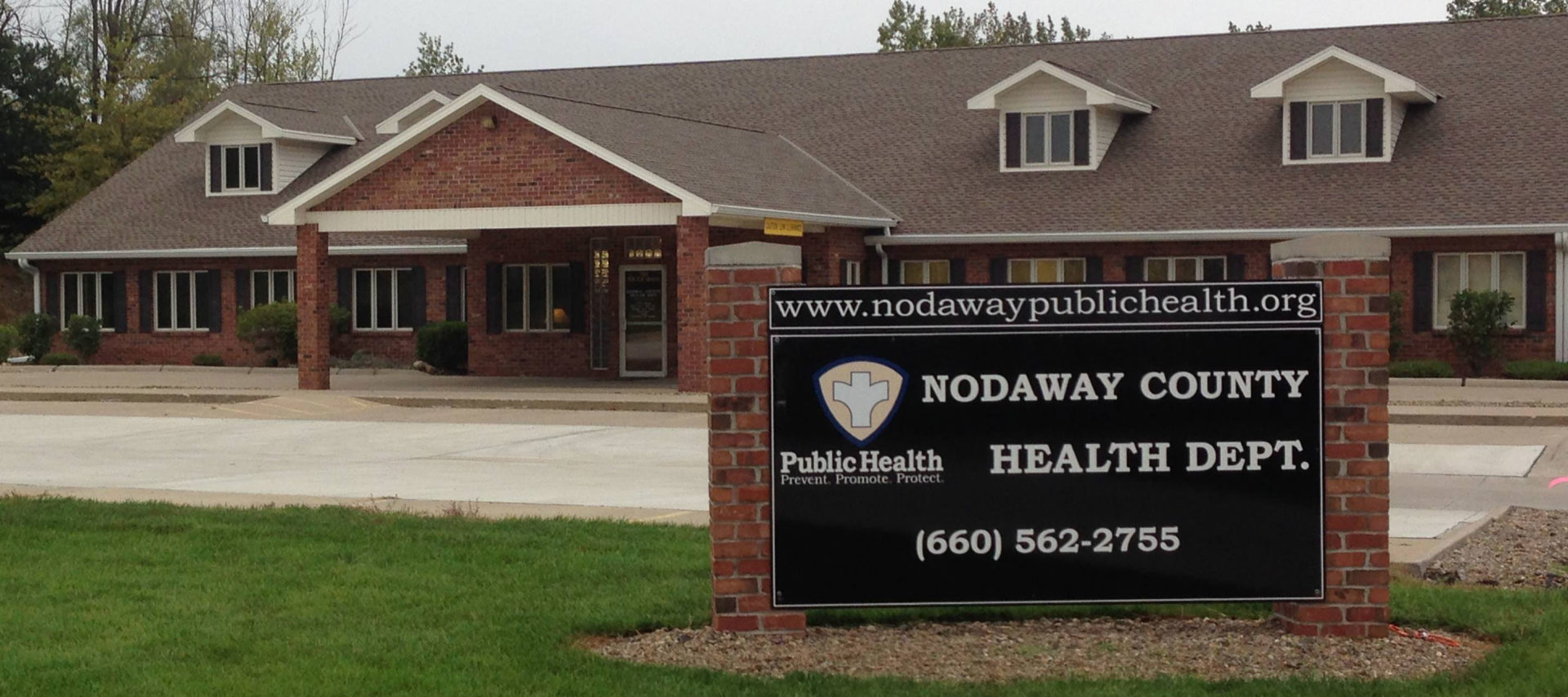 The Nodaway County Health Center Board of Trustees completed the first public reading on September 18 of the proposed revised health ordinance on concentrated animal feeding operations or CAFOs.
The Nodaway County Health Center Board of Trustees completed the first public reading on September 18 of the proposed revised health ordinance on concentrated animal feeding operations or CAFOs.
Members of the public attending were Terry Ecker, Elmo, and Chad McCollough of FCA Financial.
The health center board undertook the revision of ordinance 03152006-02 upon the passage of SB391 earlier this year. This law states local county and health ordinances cannot be more stringent than the Missouri Department of Natural Resources statutes.
Patterson referred the existing ordinance to the health center’s lawyer for review and with her guidance undertook the revisions to put the Nodaway County Health CAFO ordinance into compliance with SB391 and DNR statutes.
The board had postponed the first reading from August to see what progress the Cole County challenge of SB391 had made. Hearings have been postponed until at least December. Patterson voiced concern the matter might take one to two years to work through the court system.
The health board decided to progress with the revised ordinance.
McCollough questioned the need for the health ordinance. He questioned if the five barns in Atchison County had complaints against them that the health board knew of. He also questioned how much the health board had spent on the ordinance revision.
McCollough stated DNR had engineers and asked if the health board did not feel DNR was adequate to police and regulate CAFOs. He also brought up the lawsuit against Andrew County Health Board and asked why Nodaway County should open themselves up to a lawsuit.
Patterson stated he did not know of complaints against the Atchison County operations. He did state research into Iowa’s DNR and the fact that Iowa was under-responding to 50 percent of the CAFO complaints.
As of the meeting date, Patterson estimated the health center had spent approximately $1,000 on the ordinance revision.
The five levels of concern to the health center board are clean air, water quality, the concentration of animals harboring disease which could serve as a reservoir for a pandemic disease, the use of antibiotics on animals and the community health and impact.
McCollough said the use of animal antibiotics has been cut since regulations have gone into effect stating a veterinarian must prescribe. Patterson said the use in the US had been as high, with 70 to 80 percent of all antibiotic use being for animals.
Ecker had served on the 2006 task force. He said he was confused on the objective of the revised ordinance. He made the points:
• Nodaway County is an agricultural county.
• One way for the rural area to increase the tax base and employment opportunities is to put in a CAFO.
• Is this a personal objective of the board, or of the 23,000 county residents?
• Product agriculture is noisy, dirty and smells.
• He feels the ordinance is working against him as a farmer and the board is acting more as a zoning board than a health board.
Patterson said public response to the ordinance has been low. He has had a dozen calls in support of the ordinance. The only negative calls have been from McCollough, Ecker and Nodaway County Economic Director Josh McKim.
Patterson stated the board is in the position of protecting the public’s health and to follow the state and federal public health initiatives.
He stated the Nodaway County Health Center can act as a secondary backup of safety measures. If there is a problem with DNR enforcing state statutes, the health center can request DNR to follow up properly.
“We live here, we represent citizens and operators,” Patterson said. “We’re part of the fabric of our community. This is the least invasive regulatory measure I have seen.
“If an operator is operating properly, they won’t even know us,” he said.
The second reading of the ordinance will be at the October meeting, with the third reading taking place in November, at which time a vote will be taken.




Facebook Comments